After seeing some photos a while ago showing part of the ornate interior of Morecambe’s Winter Gardens theatre I decided I just had to see this place for myself so during my 2-week staycation in September I booked a place on a ‘behind the scenes’ guided tour; unfortunately dogs weren’t allowed on the tour so this was one occasion when I had to leave Poppie at home.
The Morecambe Baths and Winter Gardens Company was formed in 1876 by a consortium of businessmen from Bradford who developed an unoccupied piece of land on the sea front into a site for new public swimming baths, surrounded by the covered gardens which gave the Winter Gardens complex its name. The total cost of the baths was £12,000 and facilities included three large swimming baths – two for gentlemen and one for ladies – 24 private baths and two medicated baths, all supplied by filtered sea water initially collected in four large tanks sited beneath a wooden jetty situated approximately 50m from the promenade.
In 1877 a proposal was made for three restaurants to be erected next to the baths – a first and second class restaurant and behind them a third class restaurant for ‘excursionists’ who would, for a payment of 2d, be able to enter without being required to buy anything. There was also to be a 30ft long grand aquarium with fish, ferneries, fountains and plants, a ballroom and a fine arts gallery. The land for this development was purchased from the North Western Railway Company at a cost of £10,551 and the complex opened in June 1878.
As a later extension to the existing Winter Gardens complex the Victoria Pavilion Concert Hall and Variety Theatre was built at a cost of nearly £100,000, opening its doors to the public in July 1897. It was designed by Mangnall & Littlewood of Manchester, with noted theatre architect Frank Matcham as consultant. Interiors were by Dean and Co and the tiling in the lavish foyer and stairwells was by Burmantoft of Leeds with the ceramic modelling attributed to Spruce, one of the finest ceramic modellers of the late Victorian period. With its audience capacity of 2,500 and a stage larger than any of its London contemporaries the theatre was one of the largest concert halls in the North West and quickly became known as the Albert Hall of the North. Over the years it was the home of the internationally renowned Morecambe Music Festival and played host to Sir Edward Elgar, the Halle Orchestra and many other well known performers from variety, music and theatre.
In the early 1950s the Winter Gardens were taken over by Moss Empires, the largest UK chain of variety theatres and music halls, but by the mid-1970s the theatre’s fortunes were in decline. With its operating license expiring in 1977 the decision was taken to close the whole complex and it was announced at the end of one of that year’s summer shows that the theatre and complex were closed with immediate effect. The original Winter Gardens was eventually demolished in 1982, leaving only the theatre remaining and with a very uncertain future.
In 1986 the Friends of the Winter Gardens group was formed to represent the interests of the building, campaigning for its restoration and preservation, then in 2006 the Friends formed a charitable trust company, The Morecambe Winter Gardens Preservation Trust (Ltd) to purchase the theatre. The years since then have been spent in cleaning, repairing and restoring various parts of the building and fundraising to enable the ongoing and never ending work to continue.
The tour was limited to a group of five visitors plus the guide and started off from the front of the auditorium, where visitors can pop in for coffee and a bite to eat accompanied by music from the resident organist. The auditorium has a roof span of 118ft and a height of 65ft and is still one of the largest in the country; the fibrous plaster ornamental ceiling is hung from a skeleton of girders originally supplied by the Widnes Foundry and is a masterpiece of Victorian engineering.
Up a short flight of steps and through a door on the left of the auditorium the guide led the group along various passageways and up and down different stairs, stopping in different rooms to point out various interesting features. It was actually quite difficult taking photos and absorbing all the information and history at the same time, with hindsight I should have taken a notebook and pen to jot things down.
While the auditorium itself looked fairly decent the same couldn’t be said for behind the scenes. Almost everywhere I looked there were signs of the deterioration and delapidation which the theatre had fallen into over the years; with holes in ceilings, flaking plaster and bare brickwork in many places it was going to take a lot of man hours and many years to restore the theatre to its former glory.
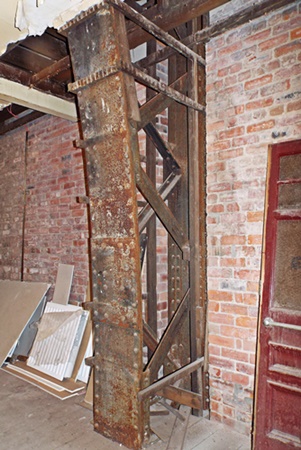
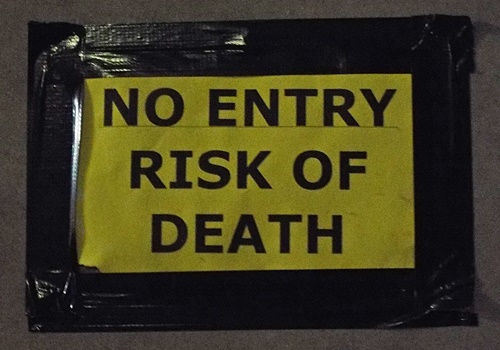


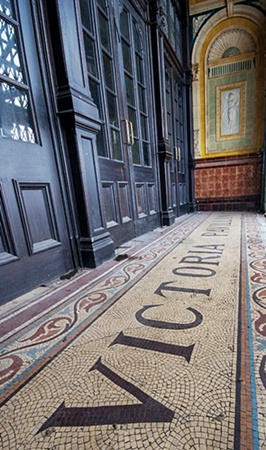
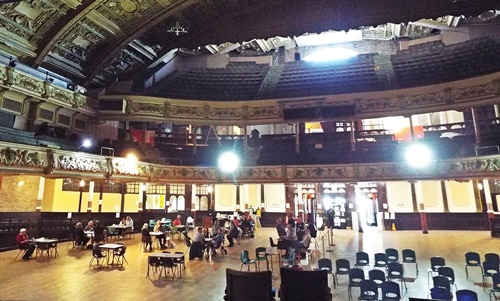
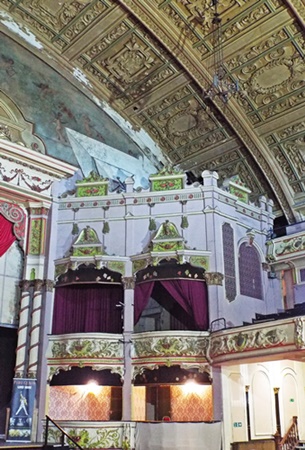
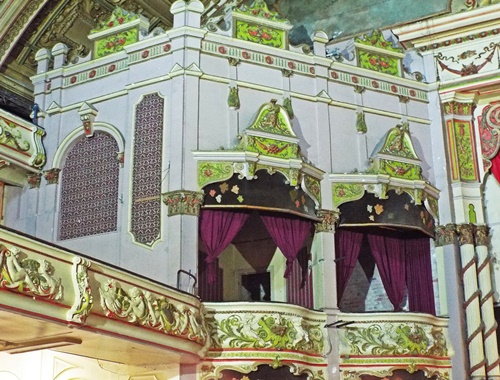
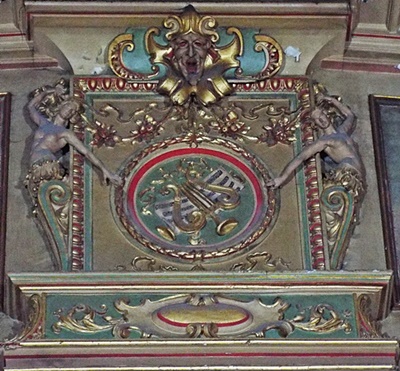

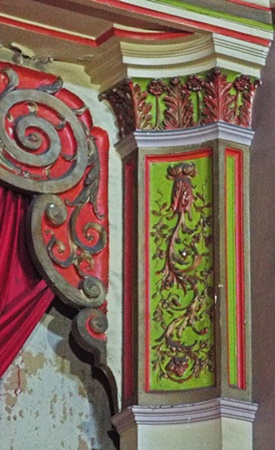
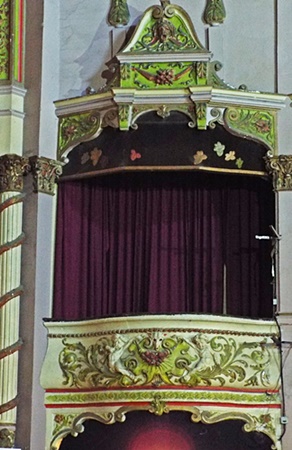
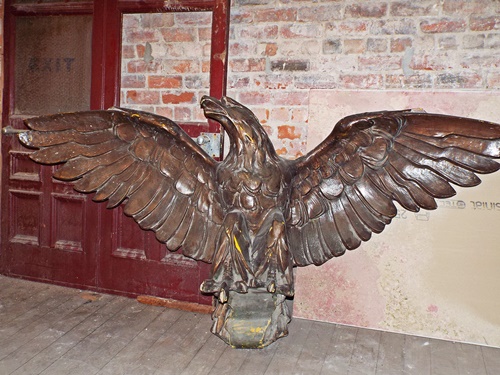
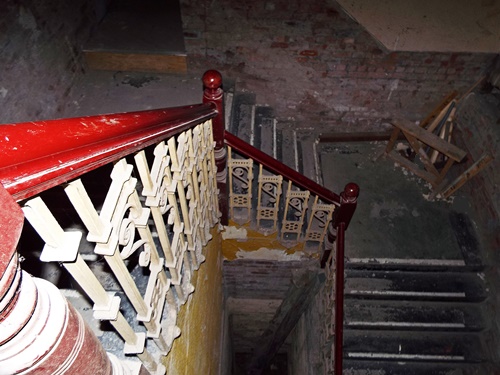
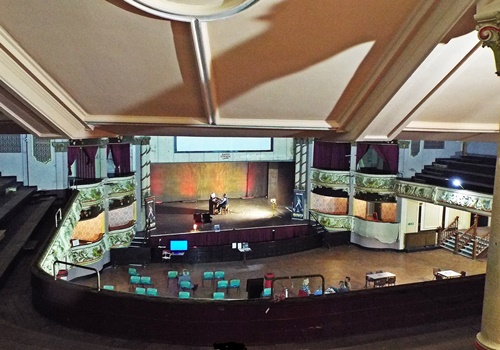
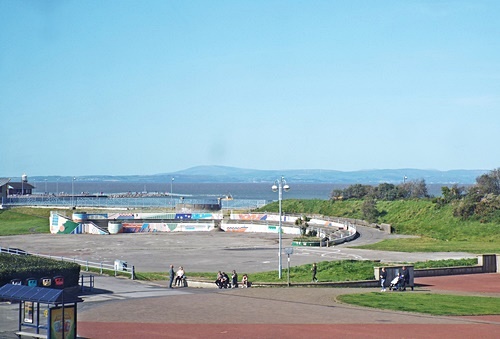
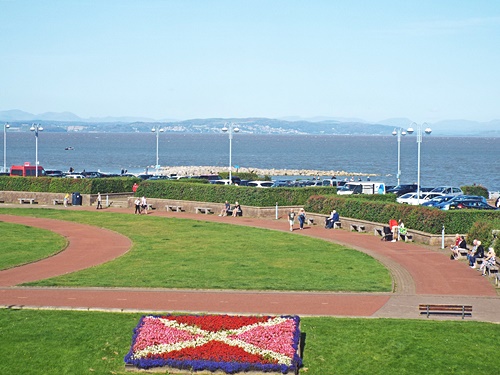
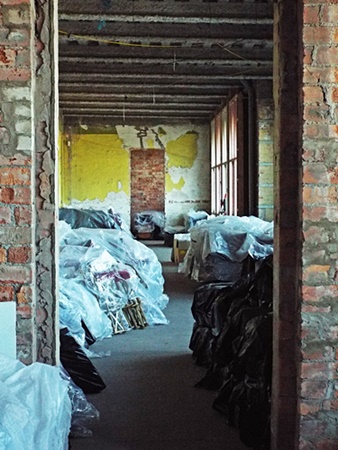
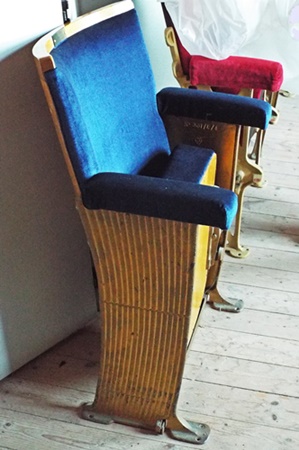
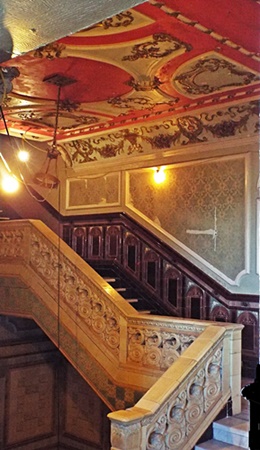
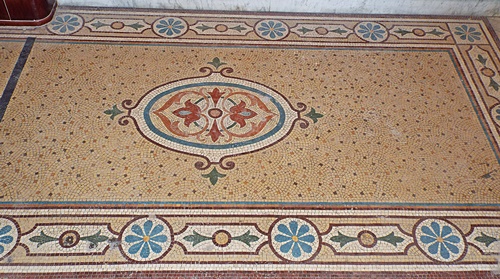
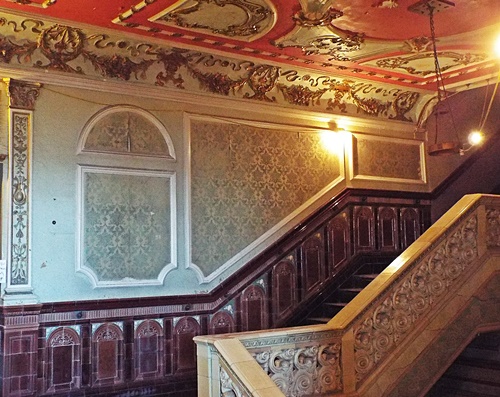
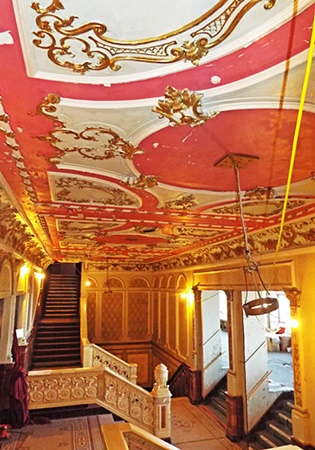
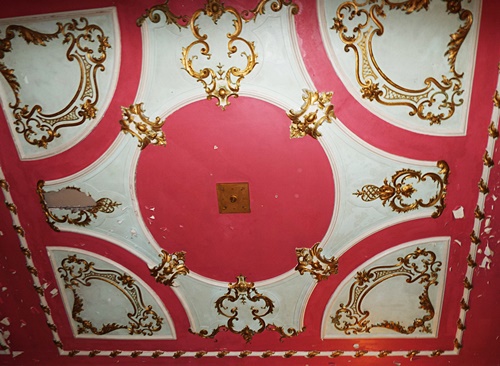
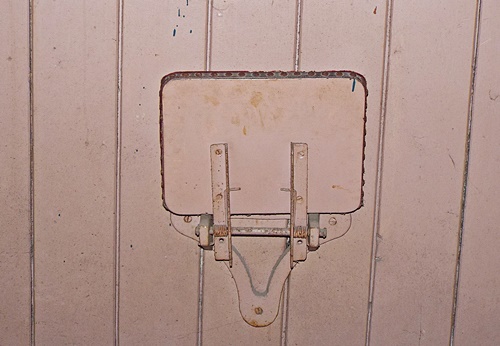
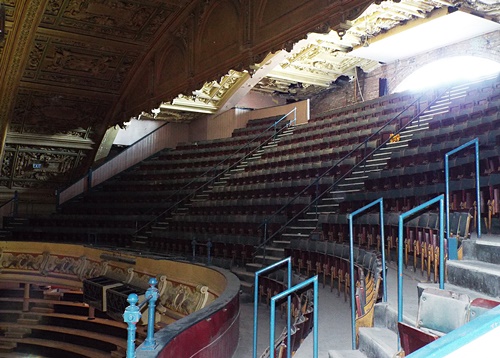
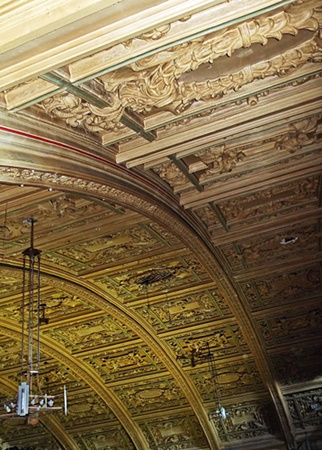
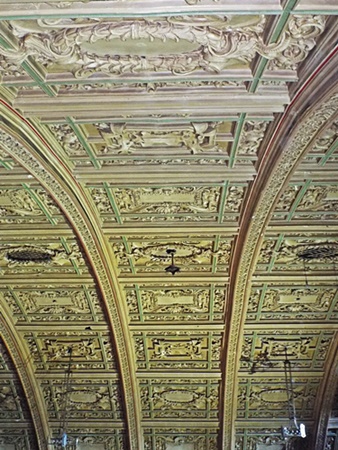
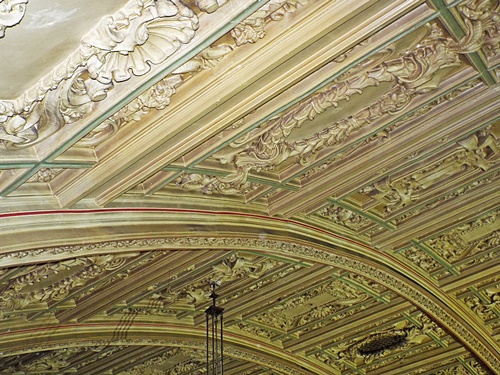
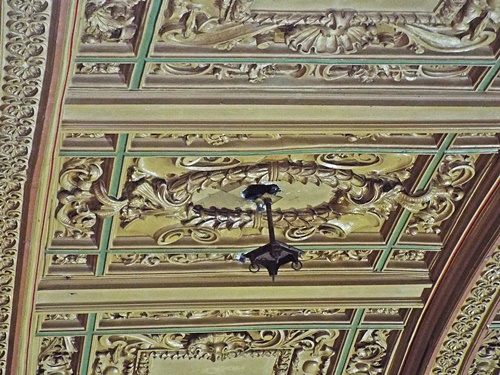
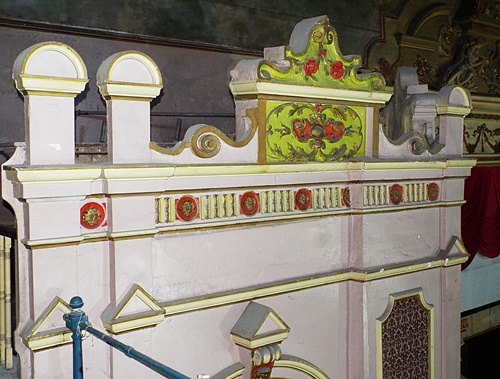
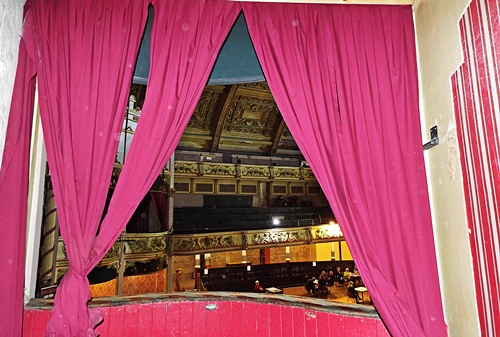
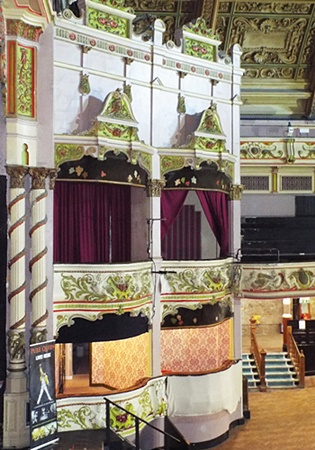
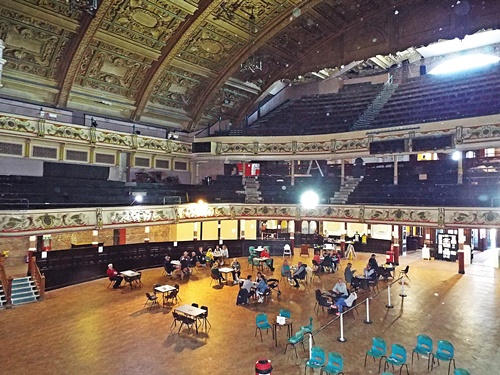
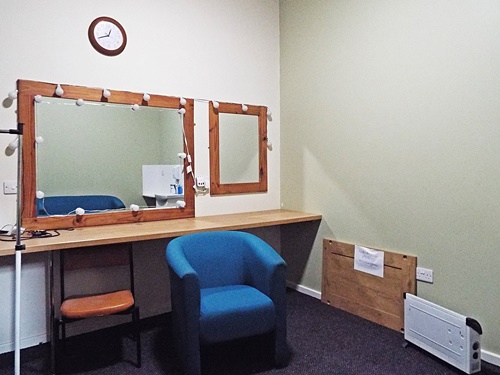
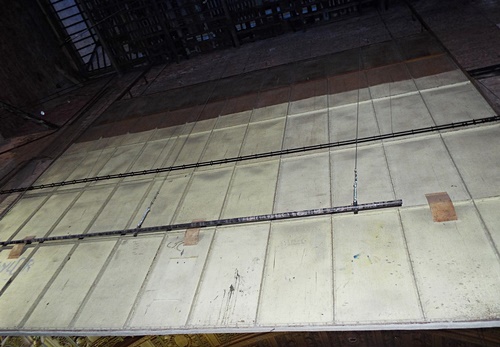
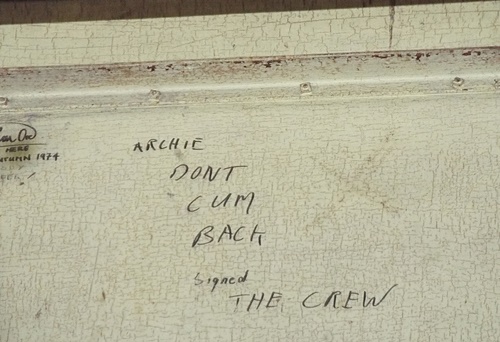
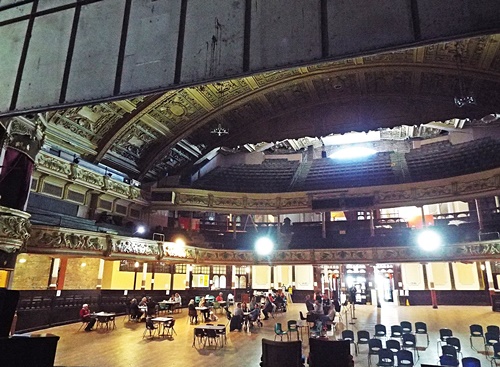
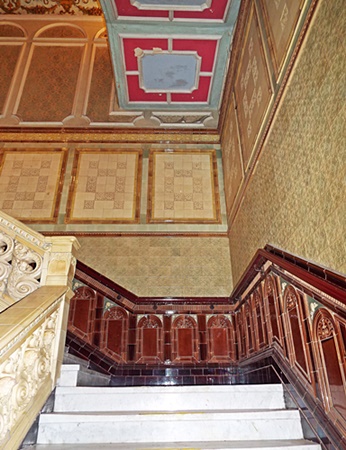
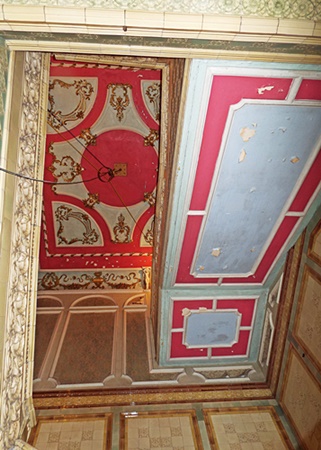
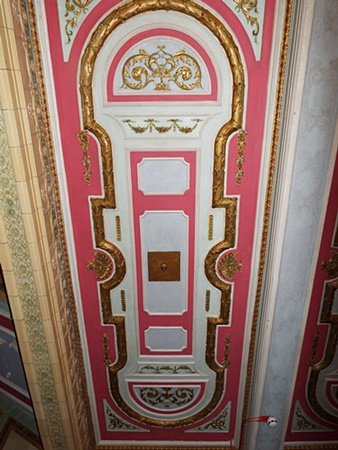
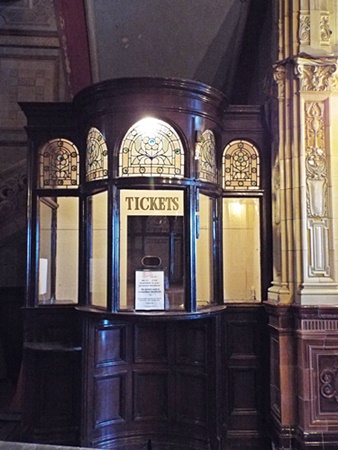

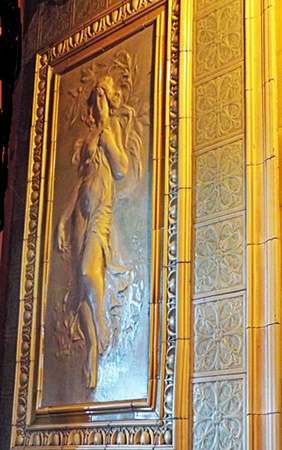
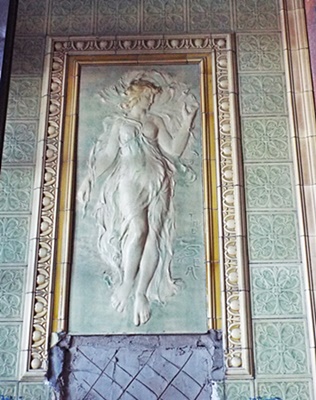
Eunice, this is stunning, one of your best blogs 😊 I do hope you can go back in future years and record the progress as repairs & restoration continue.
I’m going back now to pore over your photos again . . .
LikeLiked by 2 people
I have every intention of going back next year as soon as it’s convenient, in fact I might book two tours back-to-back – one to write down all the info and one to take loads more photos. I’d never been in the theatre before so it was really interesting to see it, especially all the backstage bits 🙂
LikeLike
It’ll take a lot of time and money to restore it to it’s former glory. The chairs are lovely, great that they got them back. A really interesting visit.
LikeLike
It may very well take a lot of time and money but at least the theatre is being restored for the future and not just demolished to put some hideous block of offices or flats in its place. The tour was really interesting, it was great to see behind the scenes and I’ll certainly be going again next year.
LikeLike
Fascinating tour! We went round the Citizens Theatre in Glasgow once, and also found a great contrast between what was publicly on view and the dilapidated areas behind the scenes.
LikeLike
The public are currently only allowed in the auditorium and even that has a few small places which still need a bit of attention. It was a very interesting tour and worth taking the time to do it, I’ll certainly go again next year.
LikeLike
Fascinating, Eunice. Beatifully told and photographed. What a place it must have been in its hey-day; amazing! Must confess, I don’t feel too impressed about whoever looks after the Winter Garden’s email account: several years ago, they were after publicity and I dropped them a line offering to do an article for them, but they couldn’t be bothered to reply. Hopefully the place will get some benefit from the Eden Project development – assuming Covid hasn’t scuppered that.
LikeLiked by 1 person
I know what you mean about your unanswered email Mike, I emailed them a couple of weeks before I booked the tour to ask if it would be okay to take photos but I never got a reply, so I booked anyway and hoped for the best, thankfully it was and I could take as many photos as I wanted. The place is run entirely by volunteers so maybe its a case of everyone thinks someone else has done a certain thing but nobody actually has. The tour turned out to be really interesting so I would certainly go again, and maybe next time there’ll be something different to see.
LikeLike
What a fabulous building that I’ve only seen from the outside.
Well done for visiting and an informative post.
There must be more places like this crying out for refurbishment.
LikeLike
It’s a wonderful building BC and the interior must have looked fantastic in its heyday. I’m really looking forward to making a return visit next year when hopefully I’ll be able to get some different and better photos.
LikeLiked by 1 person
That was such an interesting post and some of the detailing in the building is superb. I do hope it can be restored more & used well into the future after this nasty thing is over. Thanks for taking us along. Take care, stay safe & huggles.
LikeLike
Up until this year the theatre has hosted occasional musical events using the stage and ground floor only as the upper levels are closed to the public, though it’s hoped that more events can be held from spring next year. The trustees have recently managed to secure substantial grants from three different sources which will allow the installation of a new heating system and the continuing restoration and repair of the building, although there’s still a long way to go. The place is definitely worth preserving as the interior features are so ornate and unique – I’m looking forward to making a return visit next year to see what progress has been made 🙂
LikeLike
I could tell how much you enjoyed that, Eunice 🙂 🙂
LikeLike
I did Jo, very much, and I’m looking forward to going back next year 🙂
LikeLiked by 1 person
What a great place to visit! I would have loved to have seen it in its heyday. 🙂
LikeLike
It was good just to see it as it is now, it must have been a fabulous place at one time and hopefully it will be again 🙂
LikeLike
What a beautiful old building. It’s so sad to see these types of places fall into disrepair, therefore it’s good to see there is a restoration project ongoing. X
LikeLike
I suppose in these modern times theatre going isn’t as popular as it once was so its inevitable that with greatly reduced incomes buildings like this will fall into decline so it’s nice to see this one being gradually brought back to its former glory 🙂
LikeLike